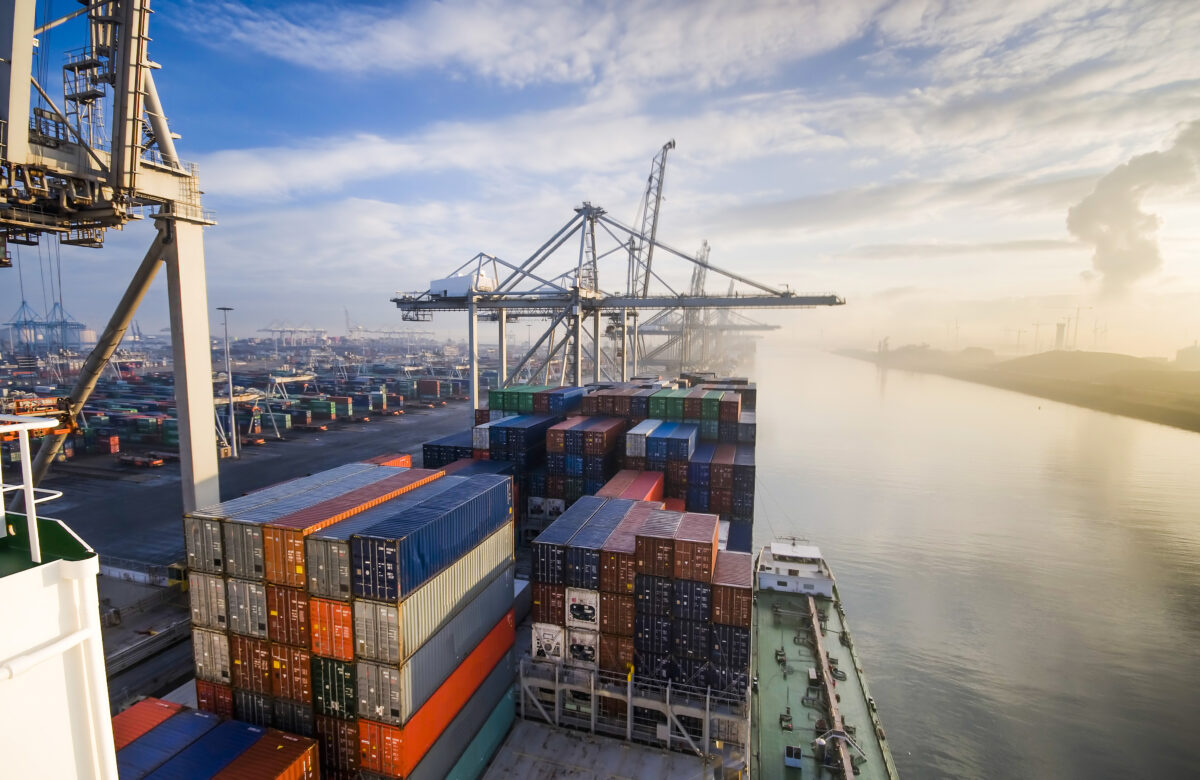As every year, the European Commission has published its report on customs seizures of goods suspected of infringing industrial property rights such as trademarks, copyrights or patents. The placing on the market of goods infringing intellectual property rights still causes considerable harm to rightholders, legal users or groups of producers and law-abiding producers. Furthermore, the placing on the market of such goods could mislead consumers or even pose risks to the health and safety of consumers. Therefore, the European Union aims to exclude such products from the Union market as far as possible.
Statistics published by the Commission on 27 September show more than 31 million articles suspected of infringing intellectual property rights. Customs recorded almost 60,000 cases of injury in 2017. The value of the equivalent products is estimated at more than 580 million euros.
The statistics are based on data transmitted by the Member States to the Commission in accordance with European customs legislation.
China continues to lead the way
As in previous years, the current Commission report shows that China remains the country of origin of the vast majority of goods that can be linked to intellectual property infringement. In 2017, the People’s Republic accounted for 73.04% of all injuries.
Among the most seized goods, food is at the top of the table with 24%, followed by toys with 11%, cigarettes with 9%, other goods with 9% and clothing with 7%.
Daily use products (such as personal care products, medicines, toys and electrical household appliances) account for 43.3% of the total number of articles seized by customs authorities.
A significant decrease in intellectual property infringements was recorded in 2017 in perfumes, cosmetics, accessories, ink cartridges and toners, toys, cigarettes, lighters and packaging materials.
By contrast, the largest increases in injuries were in alcoholic beverages, computer accessories, games, sports accessories, vehicle accessories and textiles.
Confiscation by customs mostly during import
In 89% of cases the goods are confiscated by customs during the import process, whereas in 7% of cases the confiscation takes place during the transport of the goods to the European Union.
For years, the customs authorities of European Member States have been known for their high standards of detection of infringements of intellectual property rights. In 2017, the customs authorities of the Member States of the Union ordered some 57,000 seizures of goods. The value of the goods collected amounted to more than 582 million euros.
Close cooperation between customs authorities and actual rightholders is necessary in order to combat intellectual property infringements effectively. The customs authorities act either at the request of a right holder or a legal user or ex officio. In 2017, customs authorities received about 35,000 applications for action to protect intellectual property. The proportion of cases where the customs authorities act on request is significantly higher each year than the proportion of cases where the customs authorities act ex officio. The latter has levelled off at a rate of about 2% for years.
Holders of an intellectual property right may apply to the customs authorities for action to protect intellectual property. A distinction is made between applications submitted under Community law and those submitted under German law. The applications hardly differ from each other and remain valid for a period of one year.
The Commission, in cooperation with the Member States, has drawn up a manual for customs applications.
Where the customs authorities act ex officio to protect intellectual property, they shall inform the right holder concerned of any findings and the right holder shall then be able to submit a formal application for action by the customs authorities within 4 working days. In the procedures initiated by official channels, 43% of the seized goods had to be returned because the right holder could not be identified or could be identified but did not submit a request to the customs authorities.
Taking into account the merely provisional nature of the measures taken by the customs authorities and the conflicting interests of the parties concerned by the measures, some particularities arise. The customs authorities impose certain information obligations on the declarant of goods and the declarant is given the opportunity to object to the destruction of his goods.
When the customs authorities take action, there is then either the possibility that the goods in question may be destroyed or released in accordance with the procedures provided for, for example because they do not infringe the rights of third parties or because the right holders have not acted accordingly. In addition, seizures by customs also lead to numerous criminal or civil proceedings, so companies should check carefully whether their imports into the Union respect third party trademarks and copyrights.
Would you like to make a request for customs action to protect your intellectual property? Our customs attorneys will help you with that.
Dieser Artikel wurde am 5. October 2018 erstellt. Die fachliche Zweitprüfung hat Rechtsanwalt Dr. Tristan Wegner durchgeführt.

